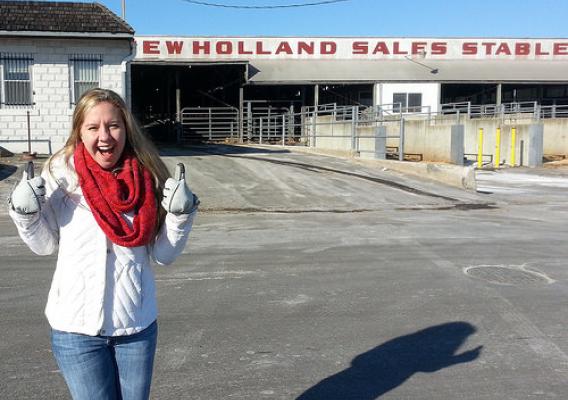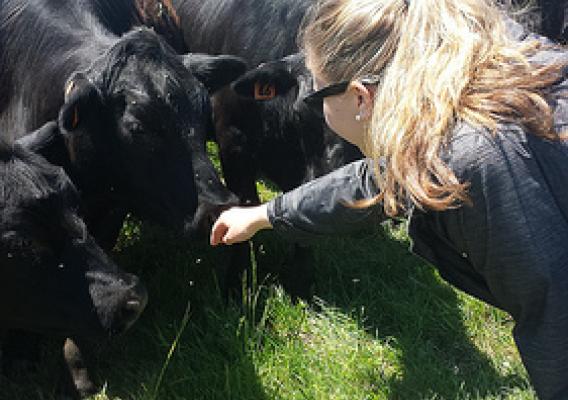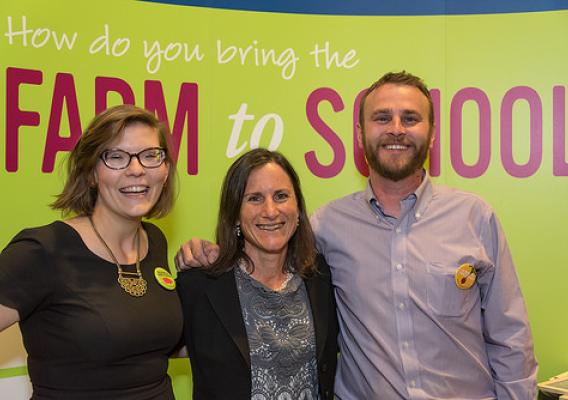Rural communities are looking for innovative ways to sustain quality of life and build viable food systems that support the health and economic needs of their people. Working Landscapes is a Warrenton, N.C. nonprofit that creates sustainable food hubs by bridging the gap between local farmers and area consumers. As a 2015 USDA Farm to School grantee, Working Landscapes uses its food hub resources to link local farmers and northeastern North Carolina school districts, demonstrating that working together can make a difference in the quality of life for rural communities.
By Tim Williams, Program Manager, Working Landscapes
The lights are on and the machines whirring on a recent June morning in downtown Warrenton, N.C. From the outside, the former cotton gin warehouse doesn’t look like much, but what you find behind the historic facade is an innovative farm to school venture that is bringing locally grown, fresh-cut vegetables to students across the northeastern part of the state.










